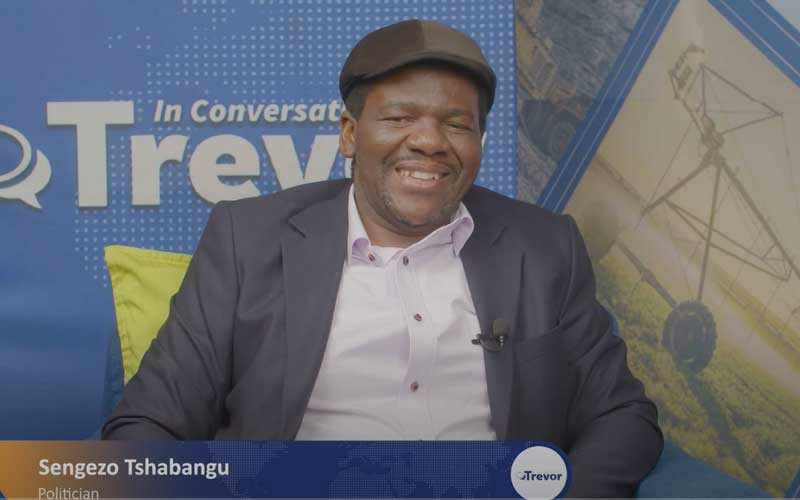
IN my journey as a consultant, I have navigated the complexities of working with multiple bosses and diverse teams simultaneously.
This experience has offered me a unique vantage point, allowing me to witness both the brilliance and the heartbreak that can arise within workplace dynamics.
It is disheartening to observe the toxicity and trauma that often permeate professional environments, leaving lasting scars on individuals and teams alike.
In this article, I aim to explore these issues in depth, offering insights and recommendations for fostering a healthier workplace culture that values kindness, inclusivity, and professionalism.
Understanding workplace toxicity
Toxic workplaces can manifest in numerous detrimental forms, including bullying, lack of support, unhealthy power dynamics, unrealistic expectations, and a pervasive culture that prioritises results over the well-being of employees.
Bullying can take various shapes, from overt harassment to subtle undermining of an individual’s contributions.
This behaviour creates an atmosphere of fear and anxiety, making employees hesitant to express their ideas or voice concerns.
- Business opinion: Branding in the age of entrepreneurship and industrialisation (Part 23)
- Business opinion: Branding in the age of entrepreneurship and industrialisation (Part 23)
- As Covid-19 persists, workplace trends to continue shifting in 2022
- As Covid-19 persists, workplace trends to continue shifting in 2022
Keep Reading
A lack of support from management or colleagues can further exacerbate feelings of isolation. When employees do not receive the guidance or resources they need, it can lead to frustration and a sense of helplessness, diminishing their engagement and commitment to their work.
Power dynamics play a crucial role in workplace toxicity. When authority figures misuse their power, it can create an environment where employees feel undervalued and disempowered. This imbalance can lead to a culture of silence, where individuals are afraid to speak up about issues for fear of retaliation.
Unrealistic expectations can also contribute significantly to workplace toxicity. When organisations demand excessive workloads or set unattainable goals, employees may experience chronic stress and burnout.
This pressure not only affects their performance but also their overall mental health. Moreover, a culture that prioritises results over well-being often neglects the importance of work-life balance.
When success is measured solely by output, employees may feel compelled to sacrifice their personal lives, leading to increased stress and decreased job satisfaction.
These toxic environments not only stifle creativity and productivity but also contribute to mental health challenges for many employees, including anxiety, depression, and decreased motivation.
Recognising and addressing workplace toxicity is essential for fostering a healthier, more supportive work environment where individuals can thrive both personally and professionally.
The signs of a toxic workplace
Recognising the signs of a toxic workplace is the first step toward addressing the problem. Common indicators include:
High turnover rates — When employees frequently leave, it often signals deeper issues within the organisation.
Poor communication — A lack of transparency and open dialogue leads to misunderstandings and mistrust.
Micromanagement — Excessive control from leaders can stifle autonomy and creativity.
Excessive competition — While healthy competition can drive performance, a cutthroat environment can lead to burnout and resentment.
These signs not only affect individual well-being but also impact the organisation’s overall performance.
The emotional toll of toxicity
The emotional toll of working in a toxic environment can be profound. Employees may experience anxiety, depression, and a sense of isolation.
The trauma experienced in such settings can lead to a cycle of disengagement, burnout, and even physical health issues. A study by the American Psychological Association found that workplace stress can increase the risk of heart disease, obesity, and other serious health conditions.
It is crucial to recognise that behind every statistic, there is a person whose potential is being diminished by their surroundings.
As we strive to create healthier workplaces, we must encourage individuals to work through their trauma. This process requires vulnerability and support, both from peers and leadership.
Creating safe spaces for dialogue
Fostering an environment where employees feel safe to express their struggles is essential.
Organisations can implement regular check-ins, feedback sessions, and mental health days to promote open dialogue about mental health.
Creating anonymous channels for feedback can also help employees voice their concerns without fear of repercussion.
Providing resources and support
It is essential to provide resources and support systems that empower individuals to seek help when needed.
This can include access to counselling services, wellness programmes, and workshops focused on resilience and coping strategies.
By investing in employee well-being, organisations can cultivate a culture of healing and growth.
The power of kindness
In the face of adversity, kindness becomes a powerful tool. Small acts of compassion can create ripples of positivity, transforming workplace culture.
Leading by example
Leaders play a critical role in shaping workplace culture. When they model kindness and inclusivity, they set the tone for the entire organisation.
Simple gestures, such as acknowledging hard work or offering support during challenging times, can foster a sense of belonging among employees.
Encouraging peer support
Encouraging employees to support one another can create a culture of empathy. Initiatives, such as mentorship programmes, team-building activities, and peer recognition can help build strong relationships among colleagues. When employees feel connected, they are more likely to collaborate and innovate.
Creating an inclusive culture
An inclusive workplace is one where diversity is celebrated, and every individual feels valued. This inclusivity extends beyond mere representation; it involves actively listening to different perspectives and ensuring that everyone has a voice.
Promoting diversity, inclusion
Organisations should implement diversity and inclusion initiatives that go beyond compliance. This includes training programmes that address unconscious bias, creating diverse hiring panels, and establishing employee resource groups.
By actively promoting diversity, organisations can create a richer, more innovative work environment.
Ensuring accessibility
Inclusivity also means ensuring that all employees have equal access to opportunities and resources. This includes considering the needs of individuals with disabilities, providing flexible work arrangements, and accommodating different working styles.
By creating an accessible environment, organisations can empower all employees to thrive.
A global perspective
As we reflect on these insights, it is important to recognise that the need for kindness and inclusivity transcends borders. In a globalised world, we are interconnected, and the impact of workplace culture can be felt far and wide.
Learning from global practices
Organisations can learn from global best practices in workplace culture. Countries like Sweden and Denmark prioritise work-life balance and employee well-being, resulting in higher job satisfaction and productivity. By adopting similar practices, organisations can create a more supportive and inclusive environment.
Embracing cultural differences
Understanding and embracing cultural differences is essential in a global workforce. Organisations should provide cultural competency training to help employees navigate diverse perspectives and foster collaboration across borders. This inclusivity can lead to innovative solutions and a more cohesive team. My experiences as a consultant have reinforced the importance of addressing workplace toxicity and trauma. We have the power to create a culture that prioritises kindness, inclusivity, and professionalism.
By recognising the signs of toxicity, encouraging healing, and fostering an inclusive environment, we can pave the way for a brighter future — one were compassion and collaboration reign supreme.
Let us commit to supporting one another and building workplaces where everyone can thrive. Together, we can contribute to a global movement toward well-being and resilience, ensuring that every individual feels valued and empowered in their professional journey. Until then, we are blessed to be a blessing (#B2BAB). We were here, becoming better, making our mark, and leaving our footprint as we make the world a better place!
- Chirenje writes in her capacity as a citizen of Zimbabwe. Follow her on social media for more Lifezone with Grace conversations on Twitter: @graceruvimbo; Facebook: Grace Ruvimbo Chirenje; Instagram: @graceruvimbo






